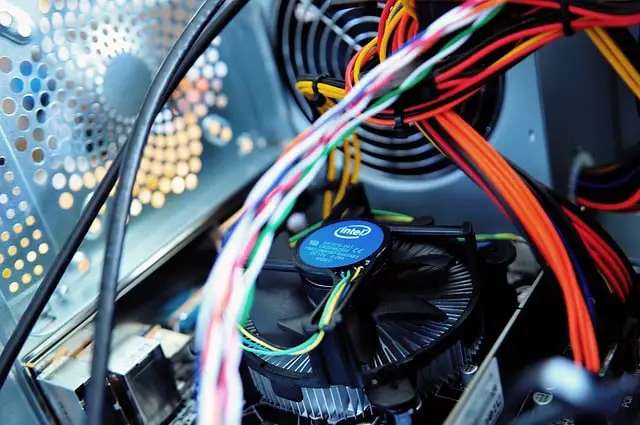Installing electrical components can be a complex task that requires attention to detail and adherence to safety guidelines. Whether you’re a DIY enthusiast or a professional electrician, it’s important to have a solid understanding of the installation process to ensure proper functionality and prevent potential hazards.

The blog will provide you with essential tips to help you navigate the installation of electrical components smoothly and efficiently. However, always consider an emergency electrician on the Gold Coast to avoid significant risks.
Here are the crucial tips you should consider:
- Prioritize Safety
Safety should always be your utmost priority when working with electrical components. Before starting any installation, make sure to turn off the power to the circuit you’re working on. Use a voltage tester to confirm that there is no electricity flowing into the area. Additionally, wear appropriate protective gear, such as gloves and safety glasses, to minimize the risk of accidents or injuries.
- Plan and Prepare
Before you begin the installation, create a detailed plan of the project. Identify the specific components you will be installing and their exact locations. Prepare all the necessary tools and materials in advance to streamline the installation process. Having a well-organized plan will save you time and ensure a smoother installation.
- Understand Electrical Codes and Regulations
Familiarize yourself with the electrical codes and regulations in your area. Each jurisdiction may have specific requirements governing the installation of electrical components.
Compliance with these codes not only ensures safety but also prevents potential legal issues. Stay updated with any changes or amendments to the codes to maintain compliance throughout your installation process.
- Read and Follow Manufacturer Instructions
Always read the manufacturer’s instructions and guidelines before beginning any installation. Different electrical components may have specific installation requirements that need to be followed for optimal performance and safety.
Deviating from these instructions may result in functional issues or void warranties. Take the time to understand the instructions thoroughly and seek professional installation advice if needed.
- Proper Wiring Techniques
Accurate and secure wiring is crucial for reliable electrical installations. Use appropriate wire gauges that match the electrical load to prevent overheating and potential fires. Ensure that all connections are tight and properly insulated using wire nuts or electrical tape. Neatly arrange the wires, avoiding any strain or tension, and keep them away from sharp edges or potential sources of damage.
- Allow for Proper Ventilation
Certain electrical components generate heat during operation, such as circuit breakers or transformers. It is important to provide adequate ventilation to prevent overheating and potential malfunctions.
Ensure that the installed components have enough clearance from walls, insulation, or other heat-sensitive materials. Follow manufacturer recommendations regarding ventilation requirements for specific electrical components.
- Test and Verify
After completing the installation, thoroughly test the electrical components to ensure proper functionality. Double-check all connections, switches, and outlets to identify any loose or faulty wiring. Use a multimeter or a circuit tester to verify voltages and current flows.
Testing the components after installation will help identify and address any issues before they become significant problems.
Bonus tips
Properly installing electrical components is vital to ensure the safety and efficiency of any electrical system. Whether you are a seasoned electrician or a DIY enthusiast, avoiding common mistakes during installation is essential.
Safety should always be the top priority when dealing with electricity. One of the people’s most significant mistakes is neglecting safety precautions during installation. Before starting any electrical work, always turn off the power at the main circuit breaker to avoid electric shocks.
Wear appropriate safety gear, such as insulated gloves and goggles, and ensure the area is well-lit to reduce the risk of accidents.
In addition, each electrical component comes with specific installation instructions outlined by the manufacturer. Ignoring or deviating from these guidelines can lead to equipment malfunction or electrical fires.
Take the time to read and understand the provided instructions thoroughly. Following them diligently will ensure safe installation and maintain the warranty validity.
Lastly, making mistakes in wire connections is a common blunder during electrical installations. Mixing up the live, neutral, and ground wires can lead to short circuits or improper functioning of the component. Utilize color-coded wires, and if uncertain, always refer to the component’s manual or seek professional assistance. This is because electrical installations demand precision, attention to detail, and adherence to safety protocols.
Conclusion
Installing electrical components can be a challenging but rewarding task. Always consult professionals or electricians when dealing with complex or unfamiliar installations. By adhering to these essential tips, you’ll ensure a safe and efficient electrical installation process.
